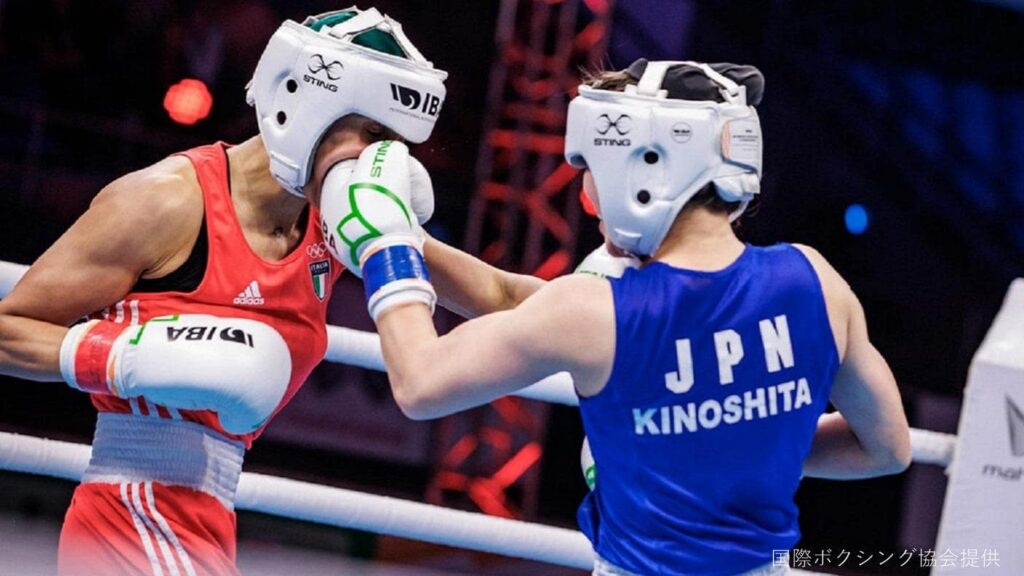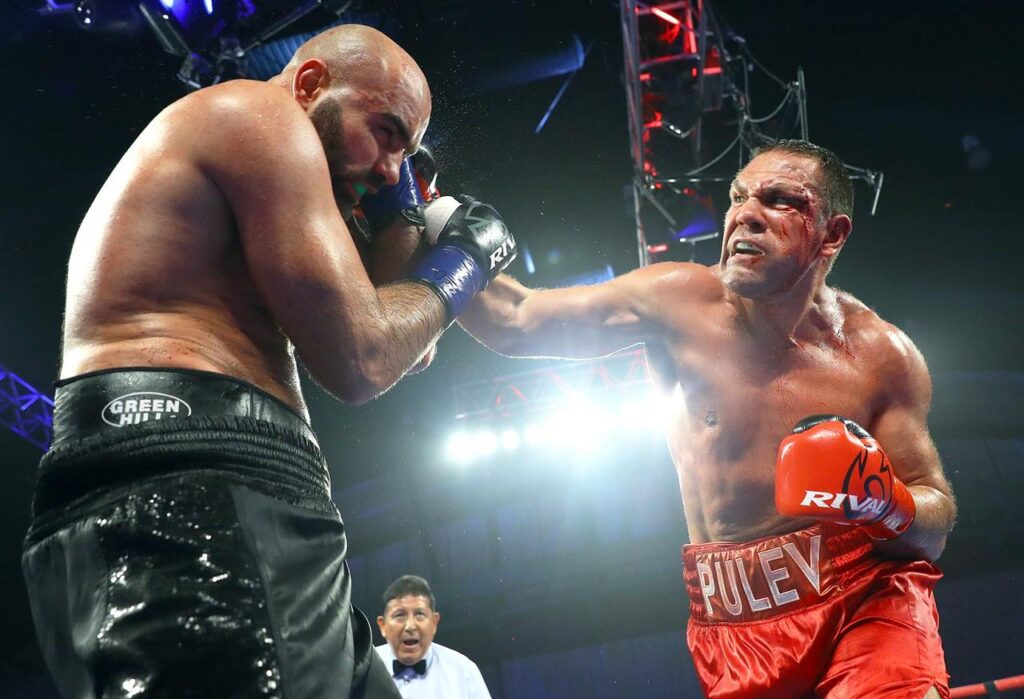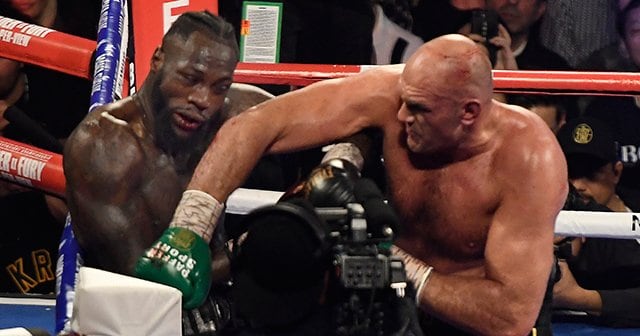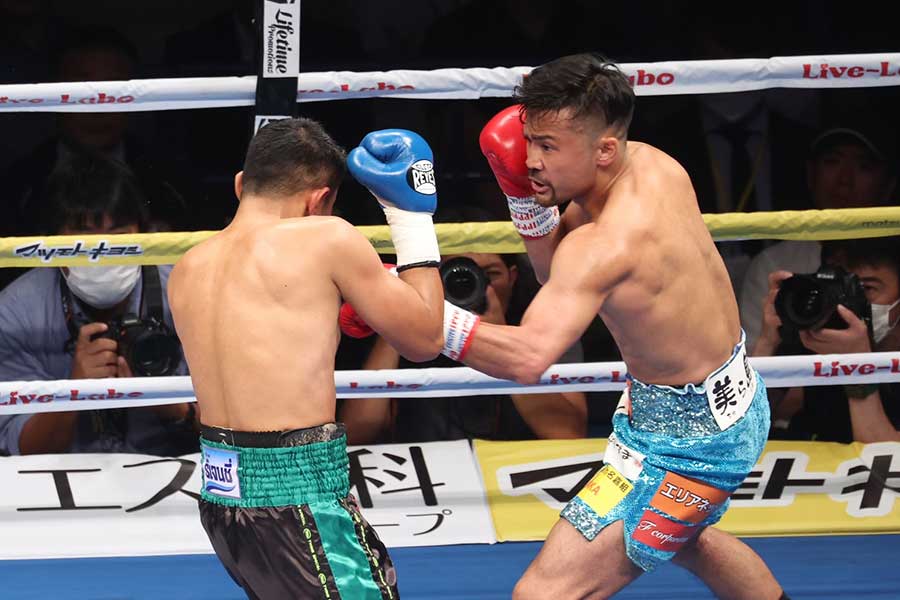
Bantamweight boxing is a highly competitive division in which fighters from all over the world compete against each other with their speed, skill, and power.
This article provides a comprehensive explanation of everything about bantamweight boxing, starting with the definition of the division, and digging into the rules, training methods, past champions, notable matches, and even the top modern fighters.
Additionally, we provide strategies for success at bantamweight and a look at the future of the division.
Even if you’re not a boxing fan, you’ll find the depth of information in this article interesting.
Check out this complete guide to the magic of bantamweight boxing.
目次
What is bantamweight?
Bantamweight is a boxing weight class that particularly requires skill and speed.
This division is known for the unique tactics and intense competition displayed by its players.
Below, we will delve into the basic definition of bantamweight and its historical development.
bantamweight basics
The weight limit for bantamweight is generally 53.5 kilograms (118 pounds). Under this weight limit, athletes need to maintain speed and agility while still being able to deliver strikes to their opponents.
Bantamweight fighters usually use tactics that take advantage of their agility, which comes from their size, and often advance their matches to their advantage.
There are many players in this weight class who have both moderate power and high speed, so we can expect some very exciting matches.
history and development
The bantamweight division has a long history and has produced many legendary fighters.
This weight class has existed since the early days of boxing’s recognition as an official sport, and was first included as an Olympic sport at the 1904 St. Louis Olympics.
Since then, boxers in this class have attracted international attention in many countries, and it has become a stage for champions from all over the world to make a name for themselves.
Bantamweight requires technical sophistication and tactical depth, making it an attractive weight class for boxers looking to hone their skills.
Bantamweight fights mirror the evolution of boxing techniques throughout its history.
The bantamweight division is constantly evolving, from the fighting styles of past champions to modern tactics, and will continue to attract many fans as new talent is discovered.
The development of this division emphasizes that boxing is not just a show of strength, but a sport of strategy and skill.
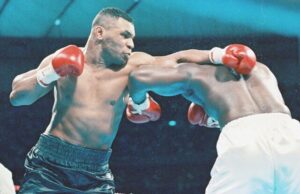
Bantamweight rules and match format
Bantamweight boxing has its own rules and match format, and these rules greatly affect the strategy and development of the match.
This section provides a detailed explanation of the rules for bantamweight matches, how winners and losers are determined, the characteristics of the match format, and the differences between title matches and regular matches.
rules of the match
Bantamweight bouts are generally conducted according to professional boxing rules.
Matches often consist of 12 rounds of 3 minutes each, with a 1 minute interval between each round.
The weight and size of gloves used are also regulated, and are strictly regulated to ensure player protection and fairness.
How to decide the winner
In the bantamweight division, victory is determined by knockout (KO), technical knockout (TKO), decision, or draw.
A knockout is when an opponent is unable to stand up within the count of 10, and a technical knockout is declared when the referee determines that one fighter is no longer able to fight.
Judging will be done on a point system for each round, and the winner will be determined by the judges’ scores.
Characteristics of match format
Bantamweight matches require speed and technique, so you often see attacks and defenses that utilize strategic movements and explosive power.
Athletes in this weight class require footwork and quick punching, and the tempo of their matches tends to be fast.
Difference between title match and regular match
Bantamweight title fights involve a higher level of attention and tension than usual.
In title matches, world title holders compete for their titles, so strategy and preparation are more elaborate.
On the other hand, many regular matches are for improving rankings and gaining experience, and are an opportunity for up-and-coming players to attract attention.
A lot of effort is put into promoting the match and mobilizing the audience for the title match, and it is common for it to attract a lot of media attention.
Understanding these rules and match formats will help you understand the appeal of bantamweight boxing more deeply and help you analyze fighters and match strategies in depth.

Bantamweight training method
For bantamweight boxers, training is the key to success.
Athletes in this weight class require speed, stamina, and technical skills, which require specific training methods to hone them.
Below, we’ll break down the basics of a bantamweight boxer’s training program and how to improve your stamina, speed, striking and defensive techniques.
basic training
Training for a bantamweight boxer is diverse, but the basics start with building physical strength.
Jogging and skipping ropes that are done on a daily basis are not only useful for improving basic physical strength, but are also important for making your legs move faster and increasing your mobility in the ring.
Additionally, strength training typically involves high repetitions without using a lot of weight.
This allows you to increase muscle endurance while maintaining speed without excessively increasing muscle mass.
Training to improve stamina and speed
Stamina and speed are extremely important for bantamweight fighters.
Interval training is effective for this purpose, alternating high-intensity exercise with short periods of rest to improve cardiovascular fitness and increase speed.
For example, it’s common to perform shadow boxing at high speed, followed by a short rest, and repeat several sets.
This also improves your resilience between short rounds during a match.
Improve technical skills
Technical training for bantamweight boxers includes mitt striking to improve punch accuracy and speed of combinations.
By practicing various punch combinations while maintaining close communication with your trainer, you will develop your reaction speed and tactical judgment in real combat.
In addition, through sparring, you can learn how to react in a way similar to actual combat, and improve your defensive techniques at the same time.
Strike and defense techniques
In order to improve your striking technique, it is important to shift your weight to increase the power of your punches and strike with accurate timing.
On the other hand, defensive techniques include evasive movements and correct positioning of guards, which require reaction speed and predictive ability.
Proper defense is essential to nullify your opponent’s attacks and create counter opportunities.
By combining these training methods, bantamweight boxers can build the foundation for ideal performance.
All of this combined allows you to use technique, power, and strategy in a balanced manner to achieve the best results in the ring.

Bantamweight champion
Bantamweight is a division in boxing that requires skill and speed, and has produced many legendary champions.
Below, we’ll take a closer look at past bantamweight champions, their influences, and modern-day champions.
legendary champions
The history of the bantamweight division is filled with many great fighters.
Players of all styles have held this title, from early champion Joe Poker to Panama Al Brown, known for his skill and strategy.
Of particular note is that Panama Al Brown dominated the bantamweight division from 1929 to 1935 and made his name in many fights thereafter.
These champions have proven that bantamweight is more than just a show of strength, it’s a sport of strategy and skill.
modern champion
In the modern bantamweight division, fighters use even more advanced techniques and tactics.
Among the current top athletes, Naoya Inouye is particularly famous, and his overwhelming performances continue to captivate fans around the world.
Naoya Inoue has won many important matches in the bantamweight division, raising the level of the bantamweight division further with his results and fighting style.
These fighters have played an important role not only in the history of the bantamweight division, but also in the sport of boxing as a whole, and their achievements will have a great influence on future generations of fighters.
It is of great interest to boxing fans to learn the details of how modern champions achieved these achievements.

Bantamweight tournaments and notable matches
Bantamweight boxing has hosted a number of important international competitions that are watched by fans around the world.
The most memorable games vary by age and player, but there are a few games from the past few decades that are particularly memorable.
Major domestic and international competitions
In the bantamweight division, major boxing organizations such as the WBA, WBC, IBF, and WBO organize world title matches.
These matches are held in each country and attract top players from all over the world.
This makes bantamweight a very competitive category, and new champions are often crowned.
Important international conventions and their impact
International bantamweight competitions have a huge impact not only on the careers of fighters, but also on international relationships in the boxing world.
A good example of this is the unification match for the four-team championship, which serves as an opportunity to raise the reputation of players worldwide.
Especially when a star fighter like Naoya Inoue participates, the fight attracts attention around the world and further promotes the popularity of the bantamweight division ( nikkansports.com ) .
historic match
One of the most famous matches in the bantamweight division is the one in which Naoya Inoue defeated Paul Butler to unify the four division titles.
This match was a historic achievement for both Inoue and the bantamweight division, and was the moment when he became the 9th person in history to hold four championships.
The match is remembered by many boxing fans for its tactical maneuvering and Inoue’s overwhelming power.
These tournaments and bouts represent the premier stage for bantamweight fighters and are can’t-miss events for fans around the world.
With many high-profile matches expected in the future, I am looking forward to the further development of the bantamweight division and the success of the players.

Top Bantamweight Player Analysis
The bantamweight division has many top fighters who are attracting attention around the world, as well as young players with promising futures.
These players are highly evaluated for their skill, track record, and future prospects.
Current top player
Naoya Inoue is currently one of the most notable fighters in the bantamweight division.
He is known for his overwhelming skills and fighting record, and his achievements in the bantamweight division are highly praised by boxing fans around the world.
Inoue has both speed and power, and is also extremely skilled technically, so much so that his fighting style has been described as a “technical fight.”
He has also unified the championships in four groups, and his ability has left his name in history ( Boxing Beat ) ( Sports Focus ) .
Young players to watch
Tenshin Nasukawa is attracting attention among the young players.
He originally made a name for himself in the kickboxing world, and after switching to boxing, he quickly began to rise to prominence.
Although Nasukawa is still in his professional boxing career, his talent and potential are highly regarded.
His speed and aggressive fighting style have attracted a lot of attention, and further growth is expected in the future ( Nikkan Cyzo ) .
These fighters hold important positions in the bantamweight division, and their future moves could have an impact on the entire boxing world.
With the success of existing top fighters like Naoya Inoue and rising stars like Tenshin Nasukawa, the level of competition in the bantamweight division is sure to rise even further.

Strategies for success at bantamweight
Success in the bantamweight division depends not just on technique and physical strength, but also on strategic thinking and career management.
Here, we’ll explain in detail an approach focused on match-winning strategies and career management.
Match winning strategy
Effective tactics and psychological warfare are essential to winning a bantamweight bout.
First of all, it is important to attack using speed, and it is necessary to take the initiative in the battle by keeping pressure on the opponent.
Additionally, studying your opponent’s tactics in advance and taking a planned approach to exploiting their weaknesses is the key to success.
In psychological warfare, fighters who can maintain their composure and apply pressure to their opponent inside the ring have an advantage.
This includes controlling pre-game comments and body language.
Effective tactics and psychological warfare
Tactically, it is effective to use the jab aggressively, solidify your defense, and launch attacks that take advantage of your speed.
Also, footwork is extremely important in the bantamweight division, and by using the ring efficiently it is possible to toy with your opponent.
In psychological warfare, by fighting with confidence, you can arouse doubt in your opponent and sway the flow of the match in your favor.
career management
Appropriate management is necessary for long-term career development. Players are required to plan their own career paths and make strategic choices, such as challenging for a title match at the right time.
It is also important to strengthen our economic foundation by focusing on marketing and branding, acquiring sponsorships and increasing media exposure.
Building relationships with the right promoters and managers is essential to this.
By combining these strategies, bantamweight boxers can achieve not only technical improvement but also athletic success.
Each strategy is interconnected and each has a significant impact on a player’s career, so approaching it from all sides is the key to success.


